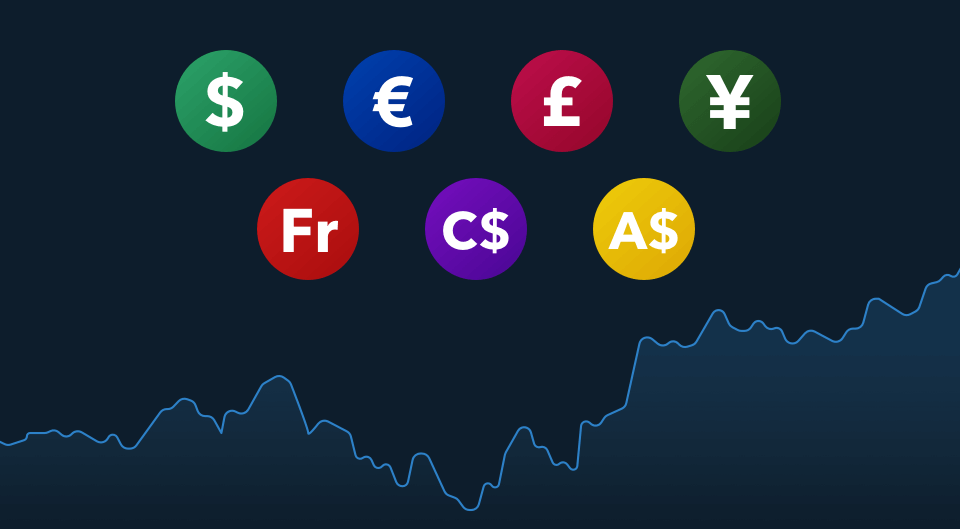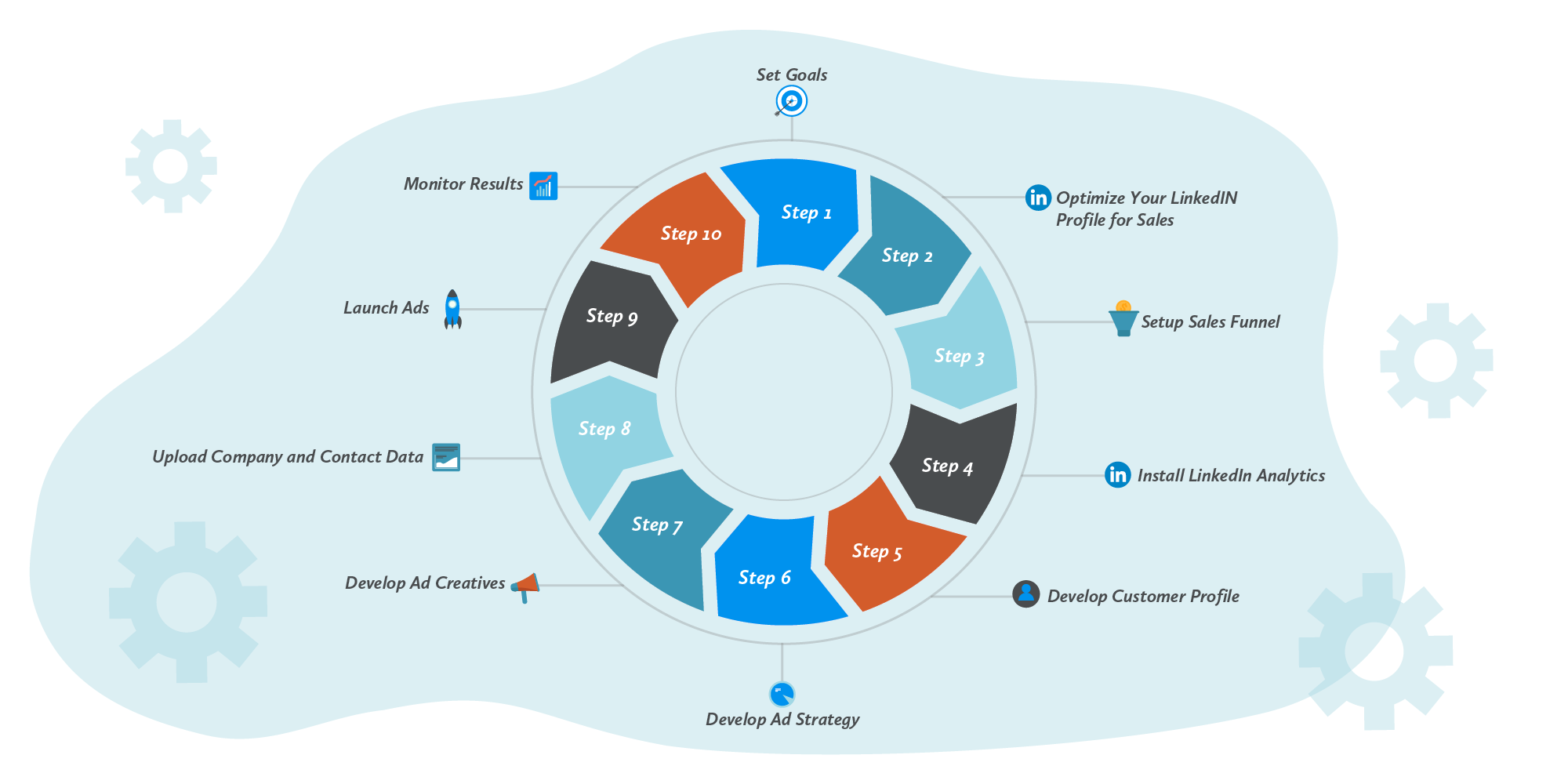
In the fast-paced world of global finance, the foreign exchange (forex) market stands as one of the largest and most dynamic arenas for trading. Unlike stock markets that operate during fixed hours, the forex market functions around the clock, driven by the constant ebb and flow of international currencies.
For new traders, navigating this vast market can seem daunting, especially when faced with the terminology of forex pairs, including majors, minors, and exotics. Understanding these distinctions is crucial, as it lays the foundation for making informed trading decisions.
What Are Forex Pairs?
At its core, forex trading involves buying one currency while simultaneously selling another. These transactions are expressed as currency pairs, where the first currency is the base currency and the second is the quote currency. For example, in the pair EUR/USD, the euro (EUR) is the base currency, and the U.S. dollar (USD) is the quote currency. The price of a forex pair indicates how much of the quote currency is required to purchase one unit of the base currency.
Grasping the mechanics of forex pairs is essential for any trader. The fluctuations in exchange rates are influenced by factors such as interest rates, economic indicators, geopolitical events, and market sentiment. A solid understanding of how forex works allows traders to interpret these fluctuations and implement strategies that align with their risk tolerance and financial goals.
Major Forex Pairs
Major pairs are the most traded currency pairs in the world, featuring the U.S. dollar and one other major global currency, such as the euro, British pound, Japanese yen, Swiss franc, Canadian dollar, or Australian dollar. Examples include EUR/USD, GBP/USD, USD/JPY, and USD/CHF.
These pairs are popular among traders due to their high liquidity, meaning there is always a ready market for buying and selling. High liquidity translates into tighter spreads, which are the differences between the buying and selling price, reducing trading costs. Additionally, major pairs often exhibit more predictable price movements because they are backed by economically stable countries with transparent monetary policies.
For traders, understanding the characteristics of major pairs is vital. While they generally offer lower volatility than exotic pairs, their movements can still be influenced by macroeconomic announcements like U.S. non-farm payrolls or European Central Bank rate decisions. By tracking these events, traders can anticipate potential price swings and make strategic trades accordingly.
Minor Forex Pairs
Minor pairs, sometimes called cross-currency pairs, consist of two major currencies that do not include the U.S. dollar. Examples include EUR/GBP, EUR/JPY, and GBP/JPY. These pairs are less liquid than majors but still offer ample trading opportunities.
Trading minor pairs requires a nuanced understanding of the economies behind both currencies. For instance, EUR/GBP is sensitive to economic data from both the Eurozone and the United Kingdom. Political developments, central bank announcements, and trade relations can all influence price movements. Traders must be vigilant about news and trends affecting either economy to navigate these pairs effectively.
While minor pairs often present slightly wider spreads than major pairs, they can still provide meaningful trading opportunities. For those seeking diversification beyond the U.S. dollar, minors offer a chance to capture trends that might not be apparent in major currency movements.
Exotic Forex Pairs
Exotic pairs involve one major currency paired with a currency from a smaller or emerging economy, such as the Turkish lira, South African rand, or Mexican peso. Examples include USD/TRY, EUR/ZAR, and USD/MXN.
Exotic pairs are generally more volatile and less liquid than major or minor pairs. This volatility can create both high-risk and high-reward trading scenarios. Spreads for exotic pairs are often wider, reflecting the increased risk and lower liquidity. Furthermore, these currencies may be more susceptible to political instability, economic shocks, or sudden regulatory changes.
Trading exotic pairs is not recommended for beginners due to the inherent risks and unpredictable movements. However, experienced traders may find opportunities to capitalise on the significant price swings that exotic pairs can offer. A deep understanding of global events, commodity dependencies, and emerging market dynamics is essential when engaging with these pairs.
Key Considerations for Forex Traders
No matter which category of forex pairs a trader chooses, several overarching considerations remain critical. First, risk management is paramount. Leveraged trading, a common feature in forex markets, can magnify gains but also losses. Implementing stop-loss orders, position sizing strategies, and diversification can help mitigate potential losses.
Staying informed about global economic trends is crucial. Interest rate decisions, inflation reports, employment statistics, and geopolitical developments can all have immediate and substantial effects on currency values. Traders who actively monitor these factors are better positioned to make informed decisions.
Finally, understanding how forex works is not just about knowing definitions—it involves cultivating the skills to interpret market signals, respond to changing conditions, and refine strategies over time. Educational resources, demo trading accounts, and ongoing learning are invaluable tools for building competence and confidence in this dynamic market.
Conclusion
Understanding forex pairs—majors, minors, and exotics—is a cornerstone of successful trading. Each category offers unique opportunities and challenges, shaped by liquidity, volatility, and underlying economic conditions. Major pairs provide stability and high liquidity, minors offer diversification beyond the U.S. dollar, and exotics present high-risk, high-reward scenarios for experienced traders.




More Stories
Steps to Boost Your Brand with a LinkedIn Marketing Agency
AI-powered branding & design tools you should try this year
The Best Multi-Beam Headlamp for Outdoor Enthusiasts: DBI Torch